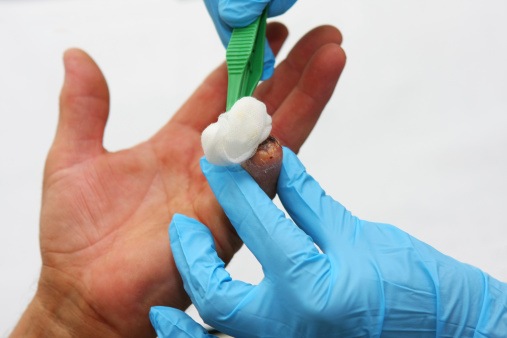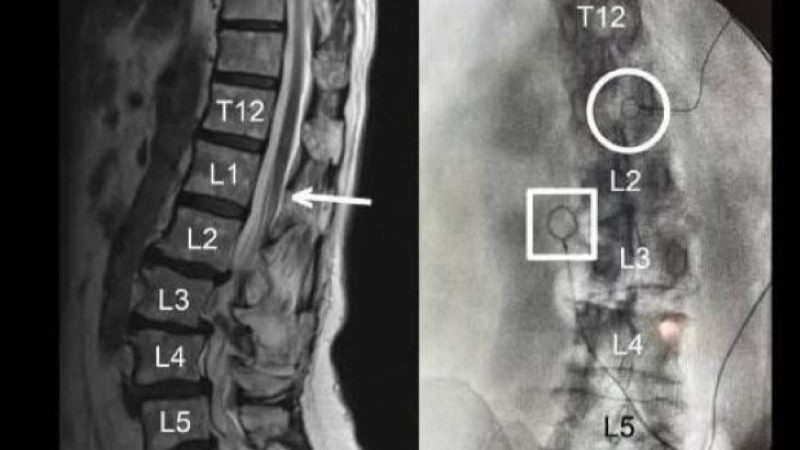
A study questioned which is the best strategy to employ in traumatic finger amputations and concluded that the target technique will depend on the patient.
Each year, more than 45,000 patients in the U.S. undergo traumatic finger amputations, which require a multifaceted recovery plan that encompasses building strength, flexibility, and sensation, and managing not only physical outcomes but psychological ones as well.
“The decision for surgical treatment for traumatic finger amputation is made on a case-by-case basis and typically includes replantation or primary closure of the amputated stump (revision amputation). Although there are de facto indications that guide the surgeon’s decision of replantation or revision amputation, to date, there are no formal clinical practice guidelines available to the surgeon,” the study authors explained.
The researchers reviewed data from a retrospective cohort study who underwent revision amputation or replantation at 19 U.S.- and Asia-based centers between Aug. 1, 2016, and April 12, 2018. The present analysis included data on 185 patients. The primary outcomes were hand strength, dexterity, hand-related quality of life, and pain, and the study authors employed a tree-based statistical learning method to obtain clinical decision rules for traumatic finger amputation treatment.
The results appeared in JAMA Network Open.
The patients in the present study had a mean age (SD) age of 45 (16) years, and the majority of the population (n=156, 84%) was male. Each patient had a median one finger (range, one to five) amputated. Most amputations (n=115, 62%) were distal to the proximal interphalangeal joint; the majority of surgeries (n=110, 60%) were in the nondominant hand.
Implementation of the tree-based statistical learning estimates found that different strategies were associated with different outcomes. Maximal hand dexterity or minimal patient-reported pain was obtained through replantation. Maximal hand strength was obtained through revision amputation in the case of a single-finger amputation; in all other cases, replantation was the best approach. Maximal patient-reported quality of life was obtained through revision amputation in patients with dominant hand injuries, and replantation was favorable in the case of nondominant hand injuries.
“In this analysis, we described an evidence-based clinical decision support tool that may be able to assist surgeons in making personalized treatment decisions for patients with traumatic finger amputation. The findings suggest that there is no prescribed approach to treating traumatic finger amputations,” concluded the researchers. “We demonstrated the application of statistical learning techniques to supplement standard statistical analyses and to provide data-driven, evidence-based solutions for an important clinical condition.”







 © 2025 Mashup Media, LLC, a Formedics Property. All Rights Reserved.
© 2025 Mashup Media, LLC, a Formedics Property. All Rights Reserved.